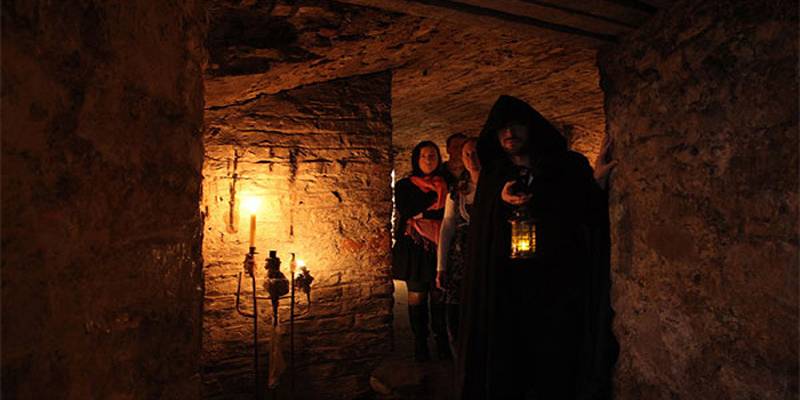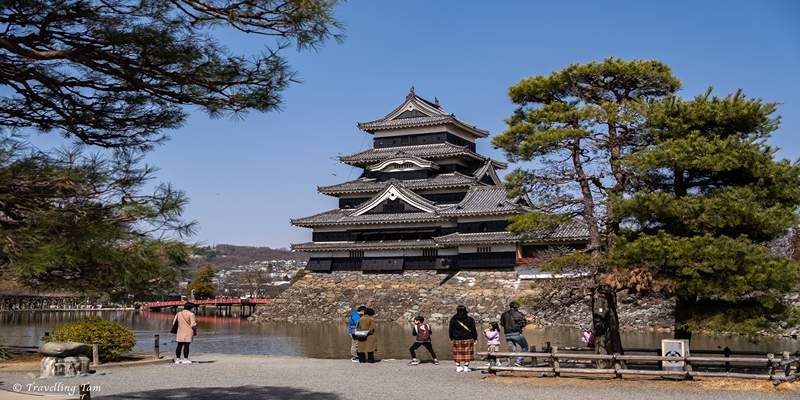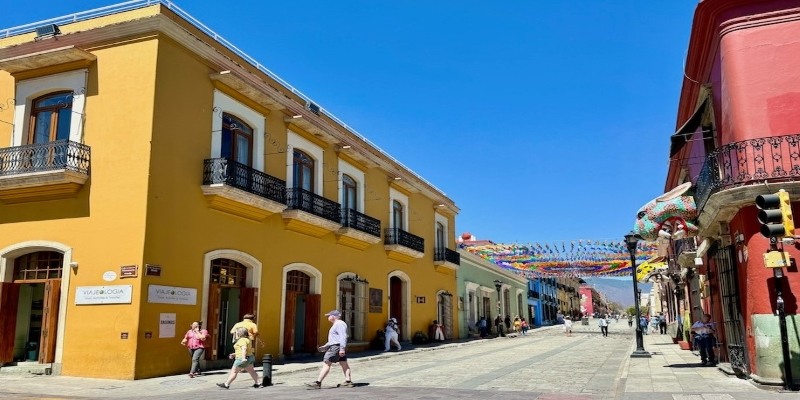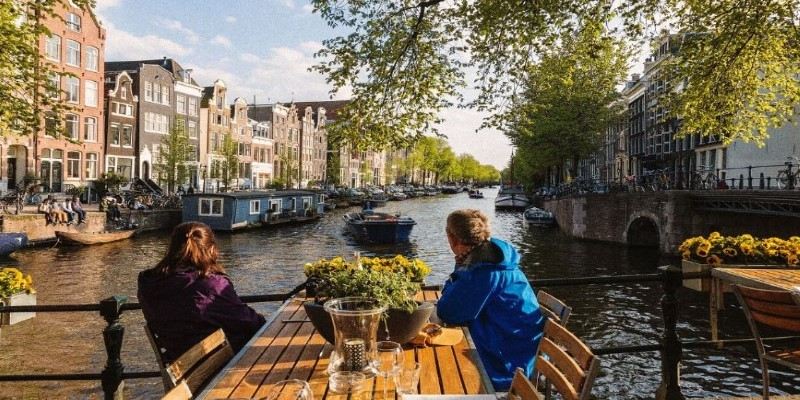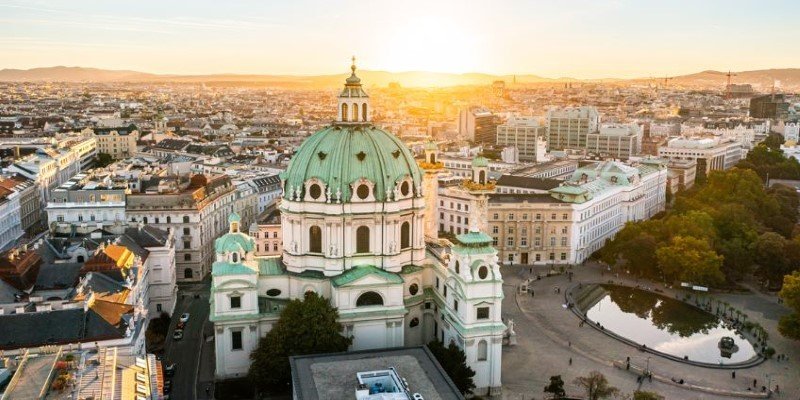Oaxaca is one of Mexicos most captivating cities, offering a blend of rich history, vibrant culture, and stunning natural beauty. From cobblestone streets lined with colonial architecture to bustling markets filled with local crafts and cuisine, the citys charm is undeniable. But with so much to see and do, deciding where to stay in Oaxaca can be a challenge. The good news is that Oaxaca has a variety of neighborhoods to suit every traveler's needs, whether you're after a lively atmosphere, a peaceful retreat, or something in between.
Best Neighborhoods to Stay in Oaxaca
Here, we'll examine the best neighborhoods in Oaxaca to help you make the right choice for your visit.
Centro Histrico: The Heart of Oaxaca
Centro Histrico is the iconic heart of Oaxaca, where history and culture will permeate and touch all core aspects. A UNESCO World Heritage site, the area boasts colonial architecture, cobblestone streets, and beautiful plazas. You really will be able to walk to Oaxaca Cathedral, Santo Domingo Temple, and the Zcalo, the city's central square. The Oaxacan neighborhood is full of life, such as in markets such as Mercado 20 de Noviembre, which offer local handicrafts and street food proper to the region.
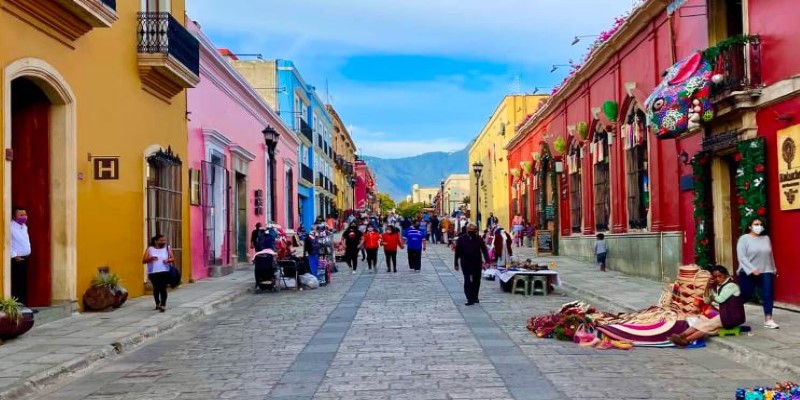
For people who have the urge to experience all the hustle and bustle that the city can offer, its pulsing culture, mouth-watering local cuisine, and rich history, Centro Histrico is great. Accommodations for travelers are wide-ranging, including luxury hotels and quaint guesthouses suitable for any kind of traveler. Either by the state's cultural visitor attractions or while feasting on local cuisine, this central destination proves the perfect stay for your visit to Oaxaca.
Barrio Jalatlaco: A Quieter, Bohemian Escape
For a more peaceful, bohemian experience, Barrio Jalatlaco is an ideal choice. Just a short walk from the city center, this neighborhood offers a charming escape from the bustle of downtown Oaxaca. Known for its narrow, colorful streets, Jalatlaco is one of the citys oldest areas, with a laid-back vibe and a strong artistic presence. The neighborhood is dotted with local cafes, art galleries, and artisan workshops, where visitors can experience the creative heart of Oaxaca.
Jalatlacos food scene is another highlight, offering plenty of traditional Oaxacan fare, including mezcal and delicious street food. While its quieter than Centro Histrico, its still close enough to major attractions, making it a perfect blend of tranquility and convenience. Boutique hotels and guesthouses line the streets, offering a more intimate and personalized stay.
Barrio de la Noria: A Blend of Tradition and Modernity
Barrio de la Noria-the best of both worlds: the traditional feel of Oaxaca, but modern. Right south of Centro Histrico, there are old and new developments together, bubbling with energy and at peace within itself. Cultural landmarks are there, such as Panten General, where you can walk through Oaxaca's unique views on death, and restaurants that explode into bursting tales of local specialties in the streets.
The location close to the city center means that all of the major sights are within easy reach, but retreat at night to a quieter setting. Accommodations in Barrio de la Noria vary from cool boutique hotels to mid-range options, frequently with modern conveniences and touches of local character. For visitors who aim to have a share of history, culture, and modern comforts, Barrio de la Noria offers just the right blend, so it's a perfect place for all types of visitors.
San Felipe del Agua: A Quiet Retreat Near Nature
For a more peaceful stay in Oaxaca, consider San Felipe del Agua, a tranquil neighborhood located on the citys outskirts. Known for its green spaces, lush gardens, and stunning mountain views, this area offers a retreat from the citys hustle and bustle while still being within a short drive of downtown Oaxaca. Its an ideal spot for nature lovers, with hiking trails offering scenic views of the Sierra Madre mountains.
The neighborhood is primarily residential, providing a calm, laid-back atmosphere perfect for unwinding after a day of exploring. Though San Felipe del Agua is further from the main attractions, its still easily accessible by taxi or public transport. Accommodations here are more relaxed, with boutique hotels and luxury resorts offering serene settings in natural surroundings. If you prefer peace, quiet, and easy access to nature, San Felipe del Agua is an excellent choice for a more relaxing Oaxacan experience.
Xochimilco: A Traditional Oaxaca Experience
Xochimilco offers an authentic taste of Oaxacas daily life, making it a great choice for travelers seeking a more traditional experience. Located just east of the city center, this neighborhood is rich in local culture and history, with colorful streets lined with markets, artisan workshops, and traditional Oaxacan homes. The areas relaxed pace makes it a charming place to explore on foot, with plenty of opportunities to sample local food, shop for handcrafted goods, and interact with the friendly local community.
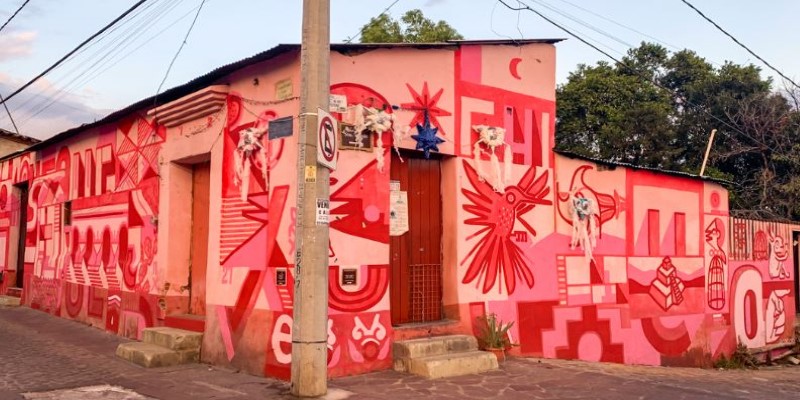
Xochimilco is also home to the famous chinampas, the ancient floating gardens that once lined the areas lakes, offering a glimpse into Oaxacas agricultural traditions. Accommodations in Xochimilco are generally more budget-friendly, with small guesthouses and inns offering an intimate and authentic experience. If you want to immerse yourself in the local culture and experience Oaxaca from a more traditional perspective, Xochimilco is the perfect neighborhood to stay in.
Conclusion
Choosing where to stay in Oaxaca depends on your preferences for convenience, atmosphere, and local experiences. Whether you opt for the lively and historic Centro Histrico, the bohemian charm of Barrio Jalatlaco, the trendy yet traditional Barrio de la Noria, the tranquil retreat of San Felipe del Agua, or the authentic experience of Xochimilco, each neighborhood offers something unique. What unites them all is the warmth and hospitality of the Oaxacan people, who welcome visitors with open arms. Oaxaca is a city that thrives on its diversity, and its neighborhoods are a reflection of that.


